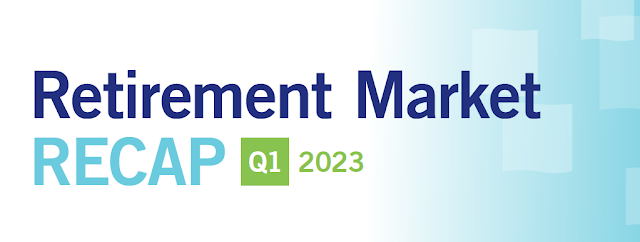Following a disappointing 2022, where both equity and fixed-income markets struggled, investors looked forward to a more stable 2023 with diminished recession fears. While asset prices have partially recovered from 2022 losses, worries about an impending recession persist.
January was a particularly strong month for U.S. equity markets, with the S&P 500 gaining 6.18%, but volatility through February and March gave back some of January’s gains. In Q1, fixed income continued to face restrained returns offering indications of the economy's path. Instability within the banking sector has been the focus of financial headlines, spearheaded by the collapse of three financial institutions, all within the span of five days. Even though these collapses have been contained and are primarily due to individual factors, a renewed public fear and distrust of financial institutions appears to be on the rise. Markets outside the U.S. were mixed in Q1.
Investors are hoping for a return to normalcy in financial markets after three years of grappling with COVID-19, 18 months of sticky inflation, 13 months of geopolitical tensions and 12 months of interest rate hikes. As the federal rate-hiking cycle potentially comes to an end, investors may finally see their desires for 2023 come to fruition.
Read the Retirement Market Recap to learn more about the Q1 market performance, where we go from here and what to expect in 2023.
Please contact us with questions about this Market Recap or for information on how HANYS Benefit Services may enhance your organization's retirement offering.
HANYS Benefit Services is a marketing name of Healthcare Community Securities Corp., member FINRA/SIPC, and an SEC Registered Investment Advisor. This material has been prepared for informational purposes only and is not intended to provide, and should not be relied on for, tax, legal or accounting advice. Past performance is not indicative or a guarantee of future returns. The information in this piece is not a recommendation to invest nor should it be relied upon as instruction to invest. It is not possible to invest directly in an index. Exposure to an asset class represented by an index may be available through investable instruments based on that index. Please visit our website trueplanadvisors.com/legal/indices_disclosures for further explanation and detail surrounding the indices referenced within.

